Our Mission and Vision
Share
About ABHM
Explore Our Galleries
Breaking News!
Today's news and culture by Black and other reporters in the Black and mainstream media.
Ways to Support ABHM?
Mission
ABHM builds public awareness of the harmful legacies of slavery and Jim Crow in America and promotes racial repair, reconciliation, and healing.
Vision
A society that remembers its past in order to shape a better future – a nation undivided by race where every person matters equally.
ABHM: A Memorial Museum
ABHM is a museum dedicated to both history and ongoing commemoration.
History museums study, exhibit, and interpret objects of historical value. Memorial museums are dedicated to contextualizing and commemorating past events of mass suffering.1
Are There Other Memorial Museums?

A cattle car in which Jews were shipped to Auschwitz Concentration Camp in Poland. Yad VaShem Holocaust Memorial Museum in Jerusalem, Israel (Photo: Dr. Fran Kaplan)
Recent years have seen a boom in memorial museums as people around the world struggle to make sense of and draw redemptive lessons from terrible periods of man’s inhumanity to man (Williams, 2007).2
A small sampling of these museums includes the:
• Hiroshima Peace Memorial Museum (Japan),
• Parque de la Memoria/Esma Detention Center (Argentina),
• Gikongoro: Kigali Memorial Center (Rwanda), and
• World Trade Center Memorial (USA).
Across the globe there are hundreds of memorial museums large and small that commemorate the Shoah (the genocide of European Jewry perpetrated by the Nazis) – some 250 of them in the USA alone.
What Inspired Our Museum's Founder?
Dr. James Cameron, a lynching survivor and early civil right pioneer, was inspired to create ABHM when he visited the Yad VaShem Holocaust Memorial3 in Jerusalem in 1979. He admired the Jewish insistence on the preventive importance of keeping the memory of mass atrocity alive in the world’s conscience. He also saw many similarities between the Jews’ terrible suffering and that of African Americans during enslavement and the Jim Crow era that followed.
Cameron had faith in the moral framework of liberty and justice for all embodied in our country's founding documents. He believed that, once enough white Americans were exposed to an accurate account and actual nature of the black American experience, they would oppose racial injustice and help the nation achieve its ideals.4
How Does ABHM Open Minds and Hearts?
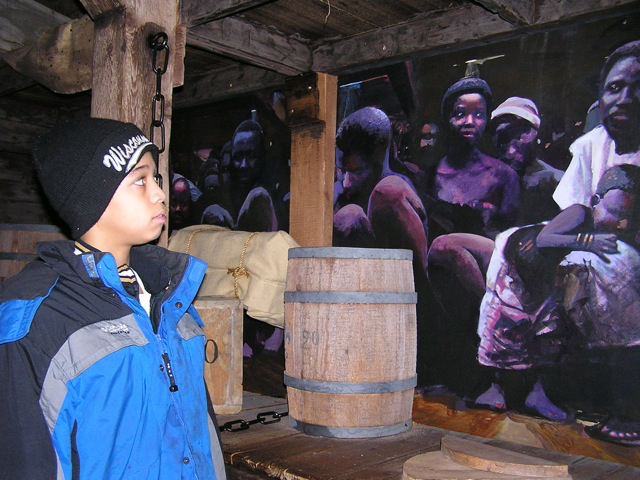
A young visitor to ABHM in 2005 inside the replica cargo hold of a slaving ship in the Middle Passage exhibit. (Photo: Dr. Fran Kaplan)
In 1988 Dr. Cameron opened his museum about the black holocaust in America. Personal stories are often the foundation of memorial museums. When Dr. Cameron told his own story as a lynching survivor, it opened visitors’ hearts and minds to the deeper significance of ABHM’s exhibits, such as a fetid cargo hold of a slaving ship and the hooded gowns of the Ku Klux Klan.
America’s Black Holocaust Museum invites citizens of the United States and the world to learn and grow together. The museum shares stories that advance visitors' understanding of our country’s troubled racial past, share strategies for acknowledging and repairing racial trauma, and help our nation move into a more just and peaceful future.
Endnotes
1 There are now two international associations of memorial museums. ABHM is a member of the International Sites of Conscience Coalition (ISOC). Established in 1999, ISOC is a network of 250 historic sites, museums, and memory initiatives in 65 countries, each remembering the past and sparking action on human rights challenges in the present. The International Committee of Memorial Museums in Remembrance of the Victims of Public Crimes, established in 2001, fosters a responsible memory of history and using this knowledge in the interests of peace while making strong links to the present.
2 Williams, Paul. Memorial Museums: The Global Rush to Commemorate Atrocities. Oxford UK: Berg, 2007.
3 Yad Vashem - The World Holocaust Remembrance Center – Jerusalem, Israel
The Holocaust History Museum presents the story of the Shoah (Hebrew for “holocaust”) from a uniquely Jewish perspective, emphasizing the experiences of the individual victims through original artifacts, survivor testimonies and personal possessions. Galleries portray the complexity of the Jewish situation during those terrible years. At the end of the Museum’s historical narrative is the Hall of Names — a repository for the Pages of Testimony of millions of Holocaust victims, a memorial to those who perished. Leading to the Holocaust History Museum is the Avenue of the Righteous Among the Nations, dedicated to the non-Jews who took great personal risks to save Jews during the Holocaust, protecting their Jewish neighbors at a time when hostility and indifference prevailed.
4 Dr. Cameron called the non-black supporters of black liberation struggles "freedom lovers." ABHM Online maintains a Freedom Lovers' Roll Call Wall where freedom lovers can take a pledge to stand for freedom and justice for all people.

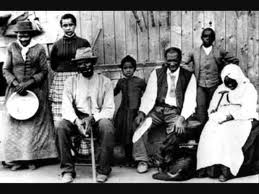
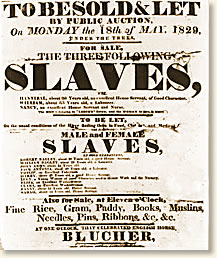
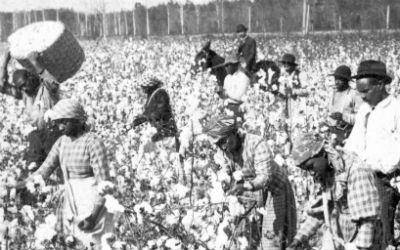

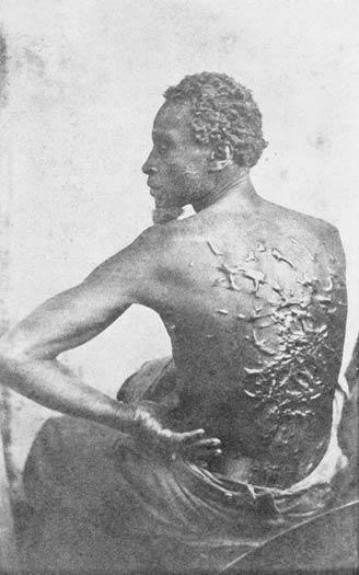

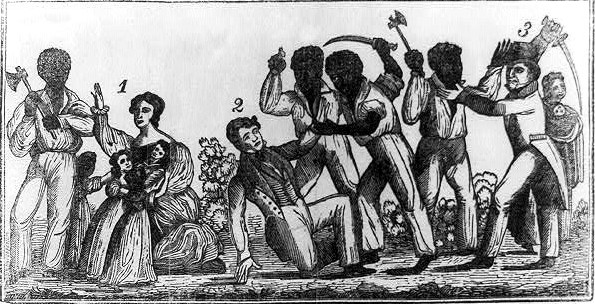
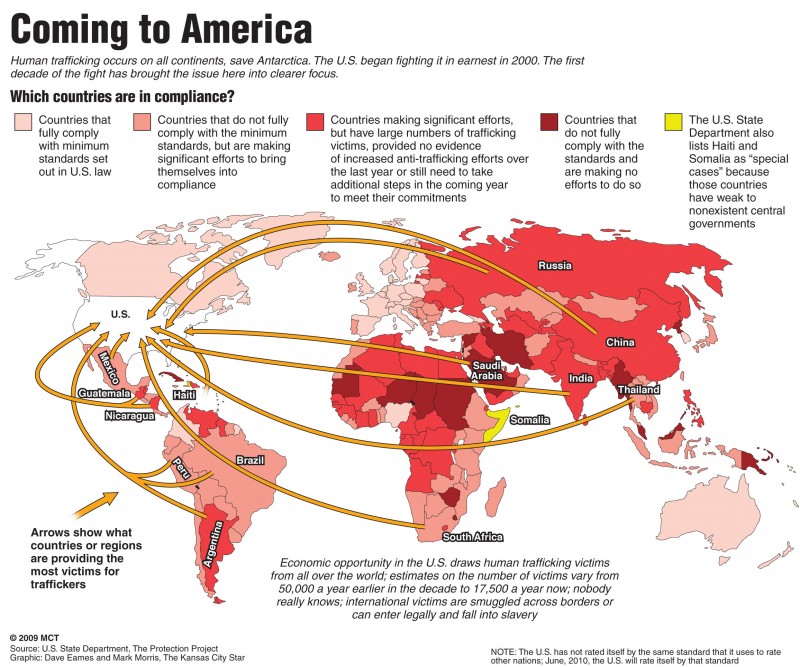




Comments Are Welcome
Note: We moderate submissions in order to create a space for meaningful dialogue, a space where museum visitors – adults and youth –– can exchange informed, thoughtful, and relevant comments that add value to our exhibits.
Racial slurs, personal attacks, obscenity, profanity, and SHOUTING do not meet the above standard. Such comments are posted in the exhibit Hateful Speech. Commercial promotions, impersonations, and incoherent comments likewise fail to meet our goals, so will not be posted. Submissions longer than 120 words will be shortened.
See our full Comments Policy here.